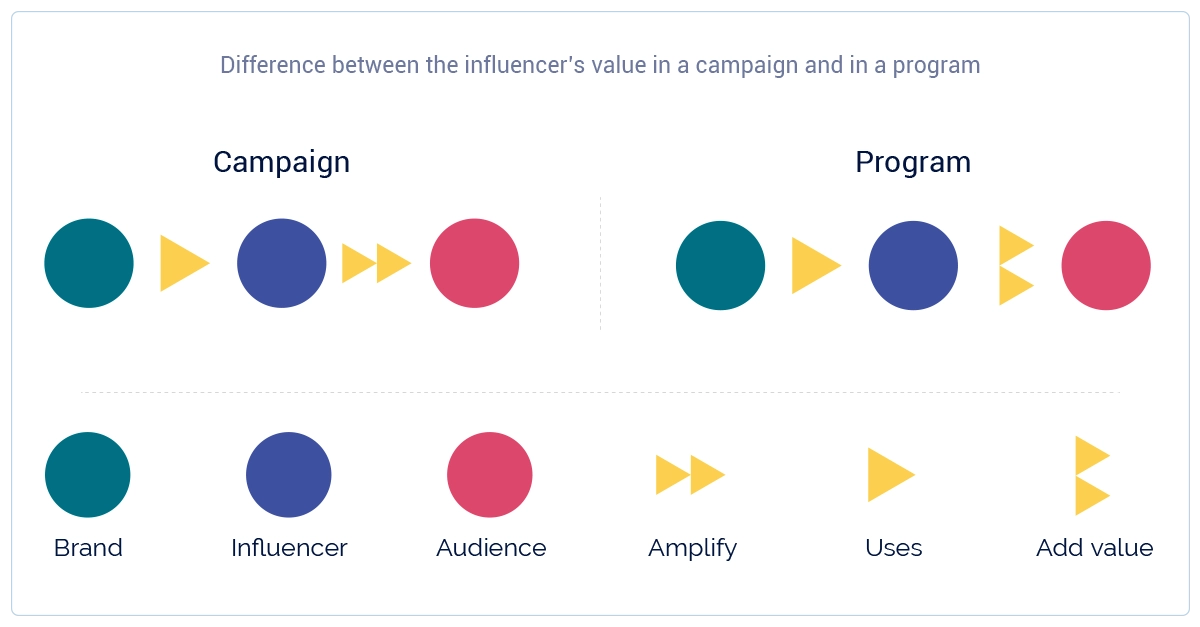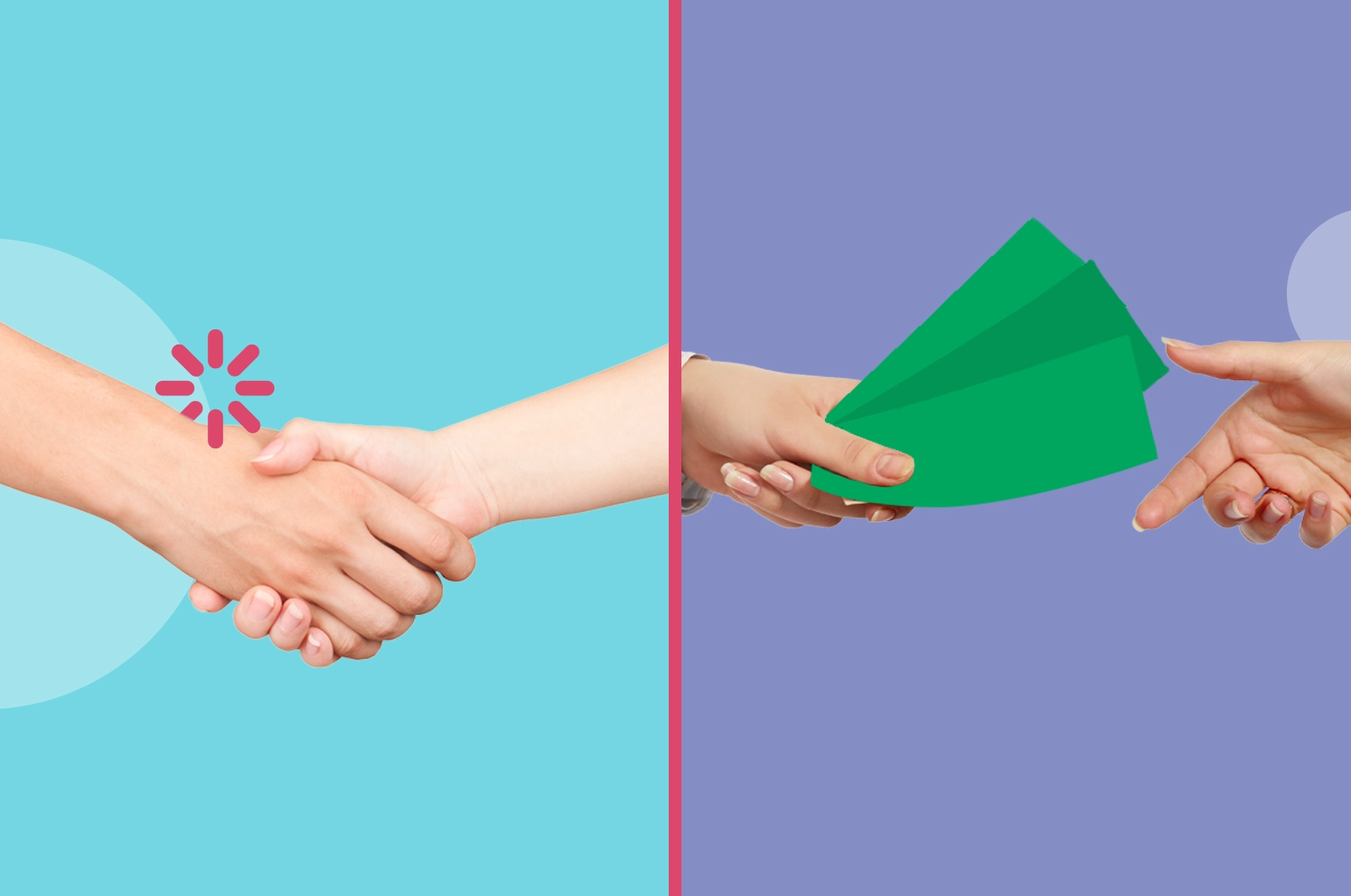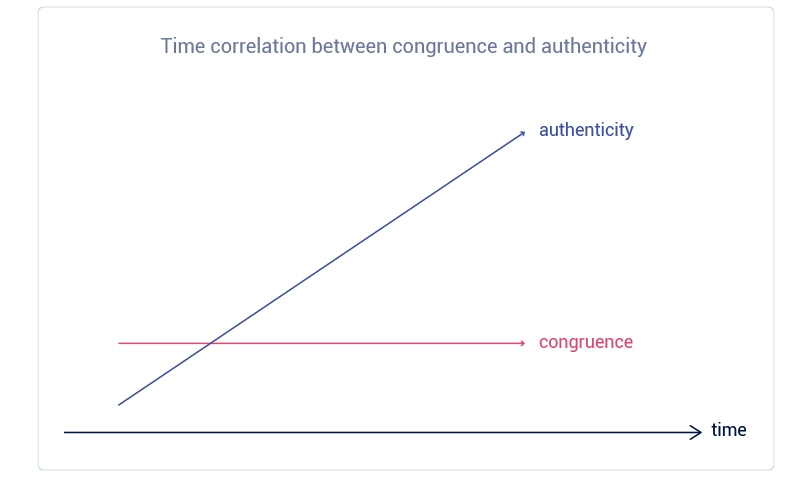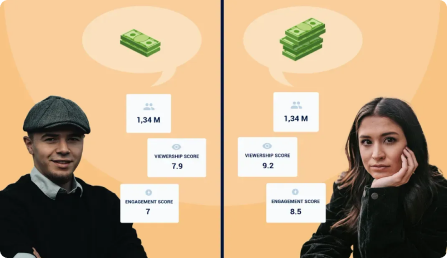Collaborations
A strong collaboration could include a series of products, or a line of products designed with a major influencer. This, as a program not a campaign, builds a lasting value for the influencer potentially long after they stop creating other things, be they movies or music. If Lady Gaga never makes another album, she has a makeup brand that could extend for years.
At the end of each day both parties in any transaction want to feel like they got a good deal. That the tradeoff, be it money or exposure or time, was a fair transaction.
There’s also a hierarchy, in that bigger celebrities may simply want money whereas micro-influencers may need tools. Celebrities are putting themselves at risk of tarnishing their brands, after all. No one wants to be associated with a dud or even dangerous product. Of course Lady Gaga is being paid handsomely for her name on a makeup product (manufactured by another company). But if that makeup were to be shown as unsafe, her brand is primarily at risk.
But let’s say you’re not working with a huge celebrity. Let’s say you’re working with a nutritionist who has some books and a following and can provide personalization at scale, perhaps a line of frozen meals to meet specific dietary needs. Here, the risk is not as high for the mid-tier, who would likely benefit immensely from the unique, personalized offerings provided by the company making the frozen meals.
This can be extended further, to even smaller influencers. Consider that every review on Yelp is an influencer-in-waiting.
People who review things for a living are abundant, and each has a niche focus. Their level of collaboration might be minimal, but it has value.
They may post on their YouTube channel about not only what the product is and does, but offer a customized discount available only through them. The brand has given this micro-influencer some level of customization, but far less than a collaboration.
The Bottom Line: Campaign vs. Program
n a campaign scenario, the value the influencer is adding is mainly as a propagator. They amplify the messaging, using their authentic voice, within a specific timeframe. In a program, the influencer would be able to add value to the audience using the brand as a kind of support system or platform. Again using makeup as an example, perhaps tutorials on using products or tips for application would be created by the influencer, which adds value to the audience’s lives. Typically the influencer was already known for these tips and tutorials, which is why they were chosen to begin with.

With influencers and creators, what do they have to gain? Obviously they could be paid, or they could receive tools to create, or they could get a signal boost. Do these build the authenticity of the influencer? Probably not. Brand sometimes forget that influencers carry their own authenticity like a savings bank, and it is their currency. Between “cancel culture” and radical transparency, authenticity is more valuable than ever. Which is why programs that can be measured over time, and provide symmetrical value to the brand, the influencer, and audience are the gold standard when it comes to marketing.









